Doliana, the village with
beautiful local architecture
The first settlement in the village was established before 1480 AD. At that time, Doliana belonged to the privileged villages of Zagori, developed rapidly, and gained a reputation as a wealthy village. In 1792, Ali Pasha took it from Zagori and made it his estate, forcing the residents to go from being landowners to farmers working for the Turks. This event did not discourage the people of Doliana from taking admirable initiatives. It was during this time that the first schools were founded, and many emigrated in Romania and Alexandria of Egypt. The village was officially recognized as a community in 1919 by royal decree.
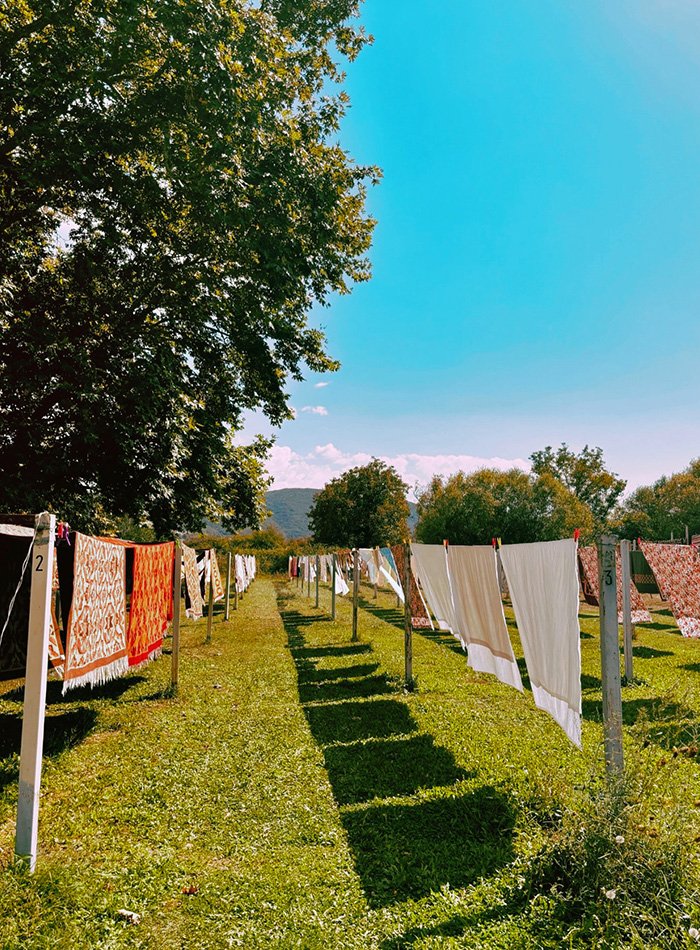
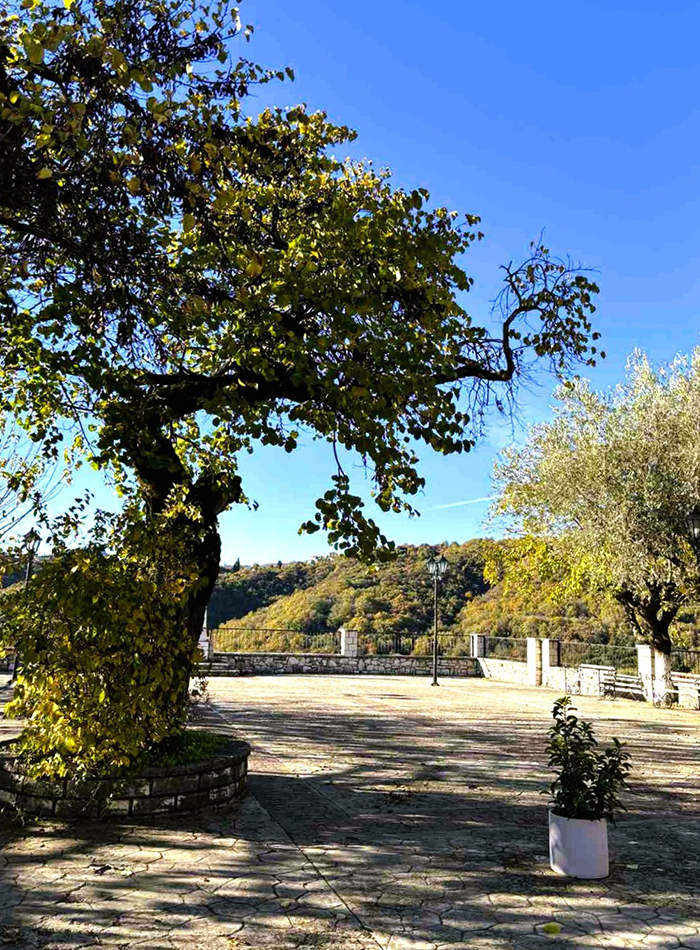
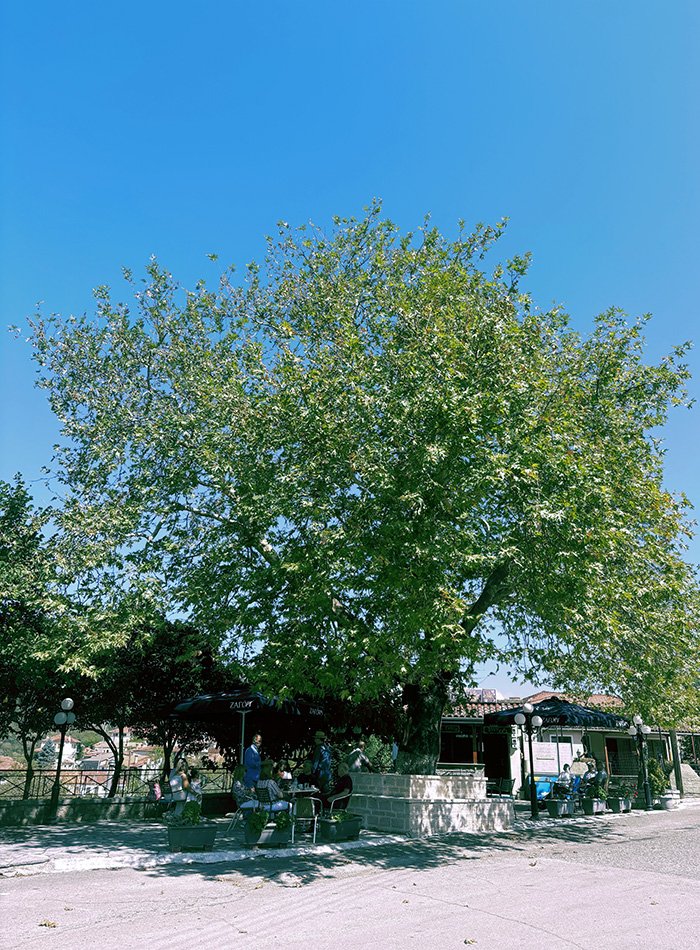
explore, experience
discover, feel
The View and
the Cobbled Streets
Within the settlement, there are many well-preserved two- and three-story mansions, which testify to the wealth, productive agriculture, livestock farming, and viticulture of the area that flourished during the 20th century.
From the northern side of the village, at the location 'Lykoskoufi,' the stunning landscape of Tymfi is visible.
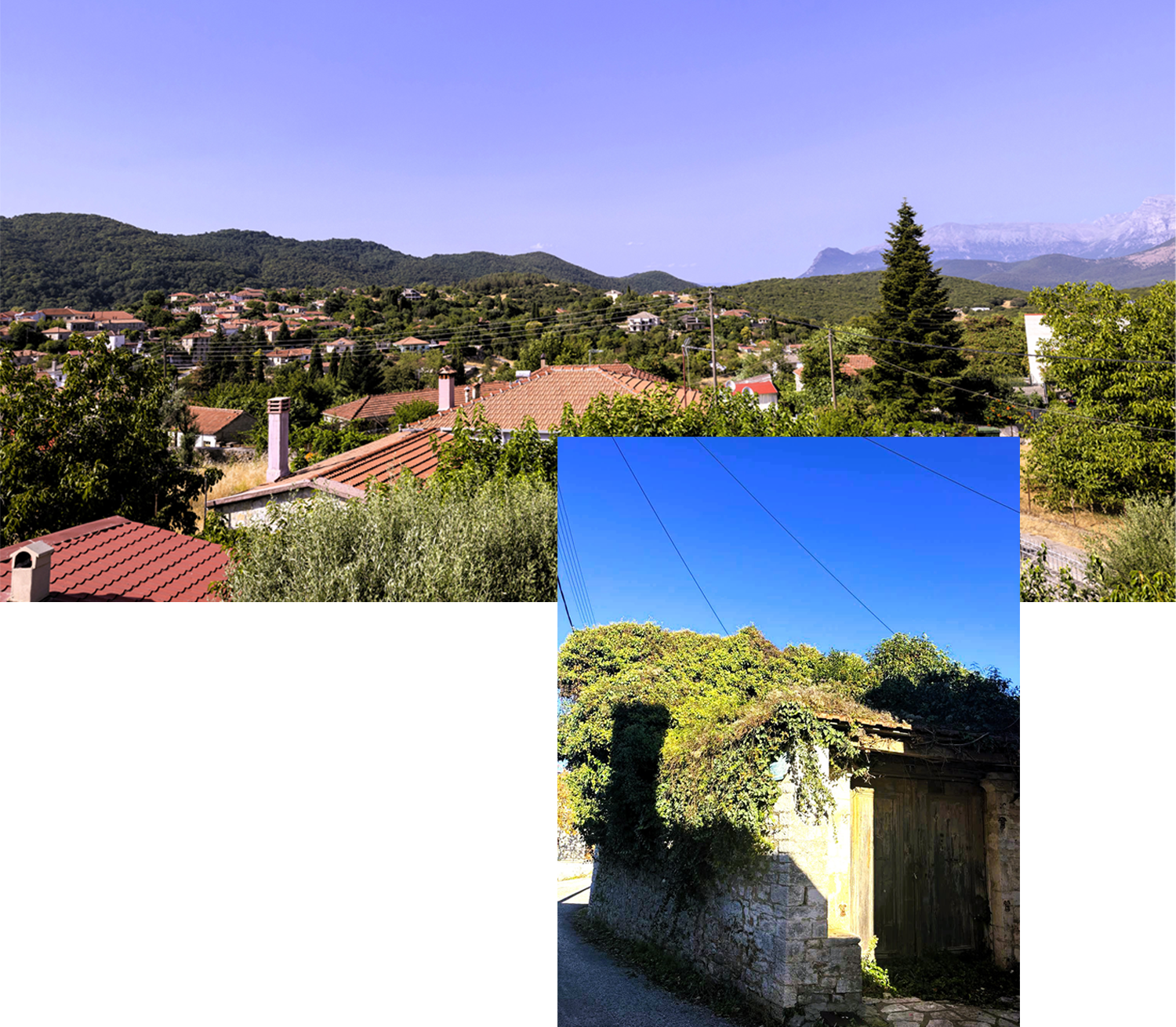
Sights
-
Saint Demetrios - Old MetochiAt the entrance of the village stands one of the oldest Byzantine-era monuments, Saint Demetrios, built in 1127 AD, according to an inscription. It was either a monastery dependency or the monastery itself, and the first school of the village operated in its narthex. It was burned by Albanians in 1847 and renovated in 2020 by the Region of Epirus.
-
Military Cemetery (enclosure of Saint Demetrios)This is the site where the bones of soldiers who heroically fell fighting for their homeland during the battles that took place in the area during the Italian invasion of 1940 are kept.
-
Bust of GennadiosBetween the primary school and the middle-high school stands the bust of the great teacher of the nation, Georgios Gennadios. Born in 1784 and originally from Doliana, Georgios Gennadios was a significant educator, author, scholar, and teacher of the nation. As a member of the Filiki Eteria, he made immense national and educational contributions. His bust was crafted in 1930 as part of the celebration of the 100th anniversary of the Greek Revolution.
-
The Oak of Father KosmasSaint Kosmas visited Doliana to preach and inspire the population. His inspired sermon took place at the current entrance of the village, at the so-called "Oak of Saint Kosmas." There still stands the "oak of Father Kosmas," with a marble inscription reading, "Here Saint Kosmas spoke in 1776."
-
Church of the Nativity of the Virgin MaryDuring his sermon in Doliana, Saint Kosmas also instructed the villagers to build a central church. This was finally completed in 1790 AD, with financial support from Ali Pasha of Ioannina. The stone church, with its wooden iconostasis and fully frescoed interior, evokes awe and admiration from visitors. The church is dedicated to the Nativity of the Virgin Mary.
-
Monastery of Saint Iakovos ('Longos' of Doliana)Built in the 12th century and named after the first abbot of the monastery, it is dedicated to the Dormition of the Virgin Mary. It was the first iconography center in the area, where many icon painters from Epirus studied. The monastery celebrates on August 15 each year and is dedicated to the Dormition of the Virgin Mary.
-
Traditional Watermill – "Opayas" (St. George Doliana)Named after its proximity to the ancient city of Opas, this traditional 18th-century watermill belongs to the ACDES (Agricultural Cooperative of Doliana Estate Shareholders). It was recently renovated and has been designated a preserved monument. The site operates a rug cleaning and fulling mill business (Tsiakoumis Bros, +30 6979674364).
-
Watermill – "Della Bros" (St. George Doliana)At this traditional watermill, visitors can admire the tools and equipment used in the past for grinding grain and more. A rug cleaning and fulling mill also operates on-site. The complex also houses a tavern where visitors can enjoy trout raised in the complex or grilled meat (Della Bros / Vasileios & Dimitrios, +30 2653041259).
-
Heroes Monument (central square)This monument is dedicated to all those who fell fighting for their homeland over the years. However, the names of the Dolianites who fell during the Greco-Italian war and the resistance period are inscribed on the marble plaque.
-
The Clock (central square)Built in the late 1980s, it was donated by the Brotherhood of Dolianites.
-
Grave of Major Ioannis Alivizatos (enclosure of the Church of the Nativity of the Virgin Mary)Major Ioannis Alivizatos participated in both World War I and World War II, where he heroically lost his life fighting on the Albanian front in 1940.










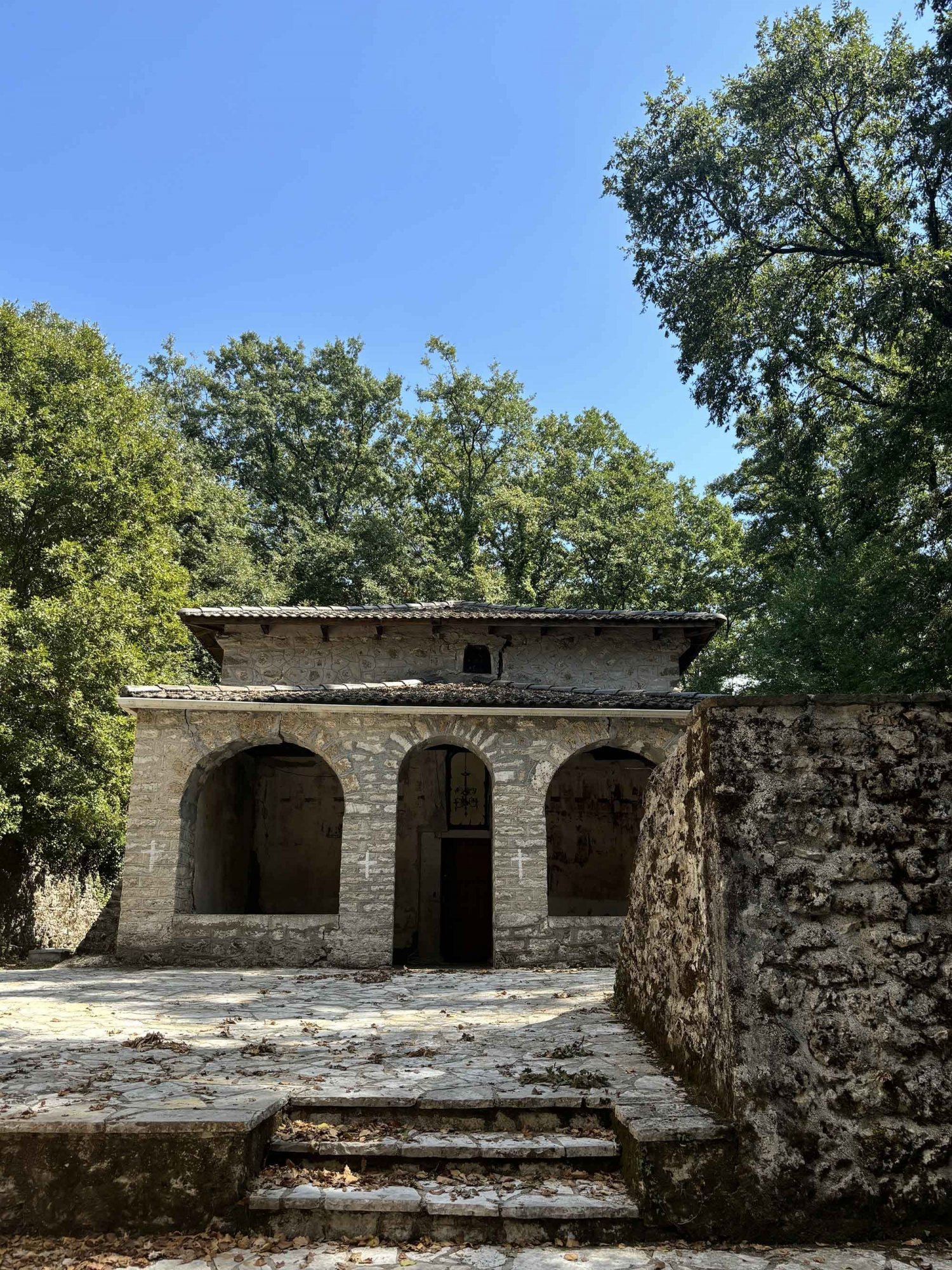


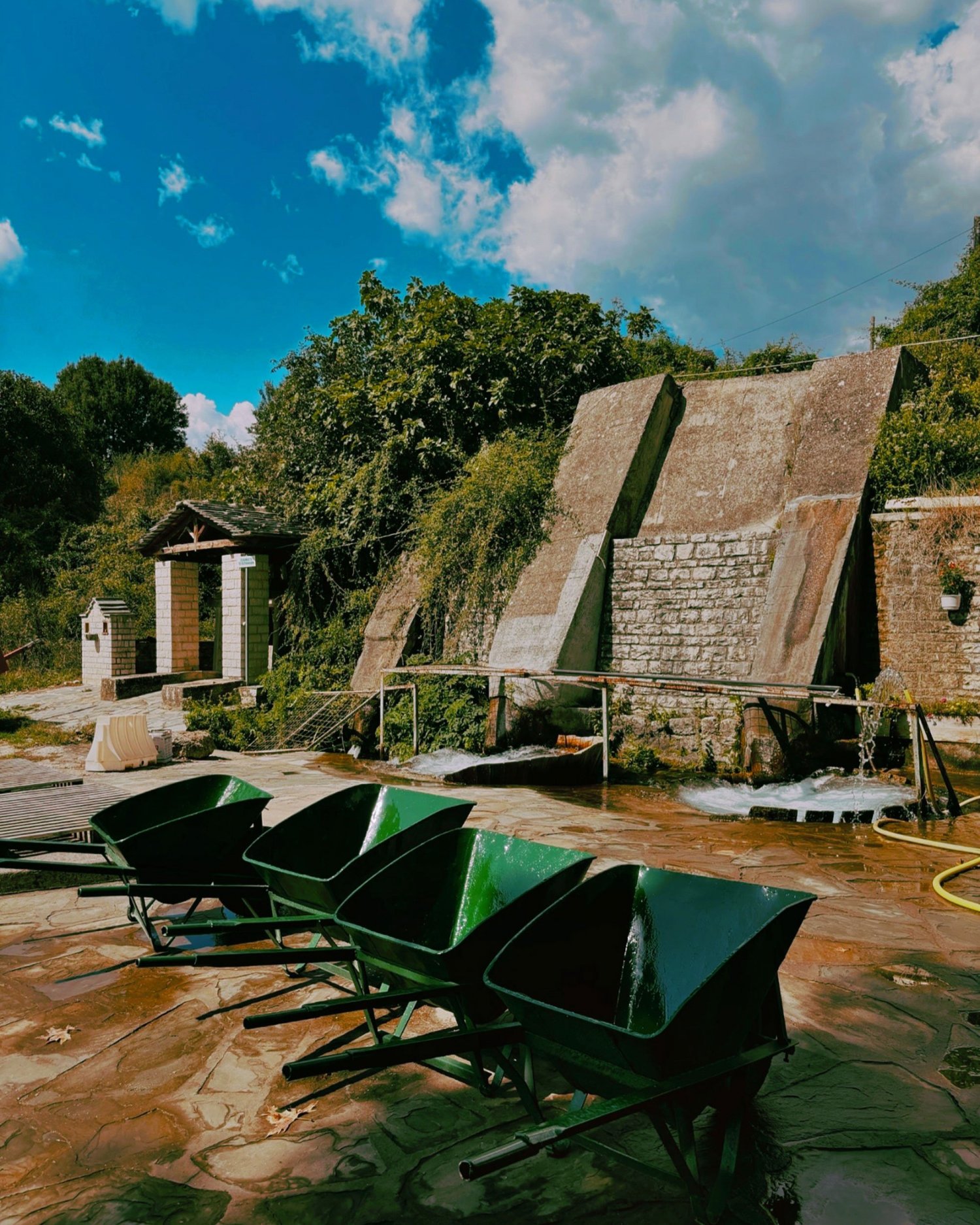
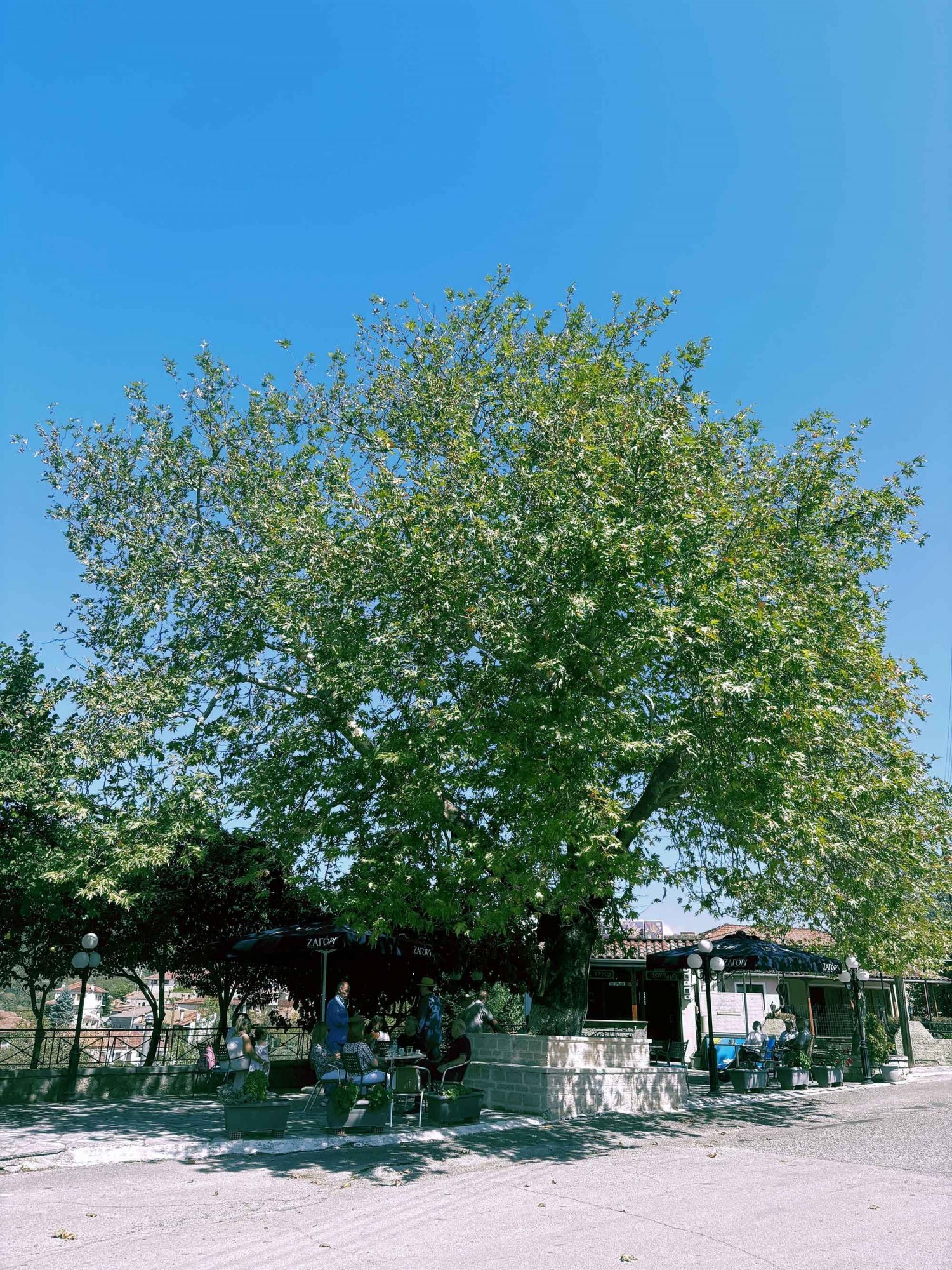
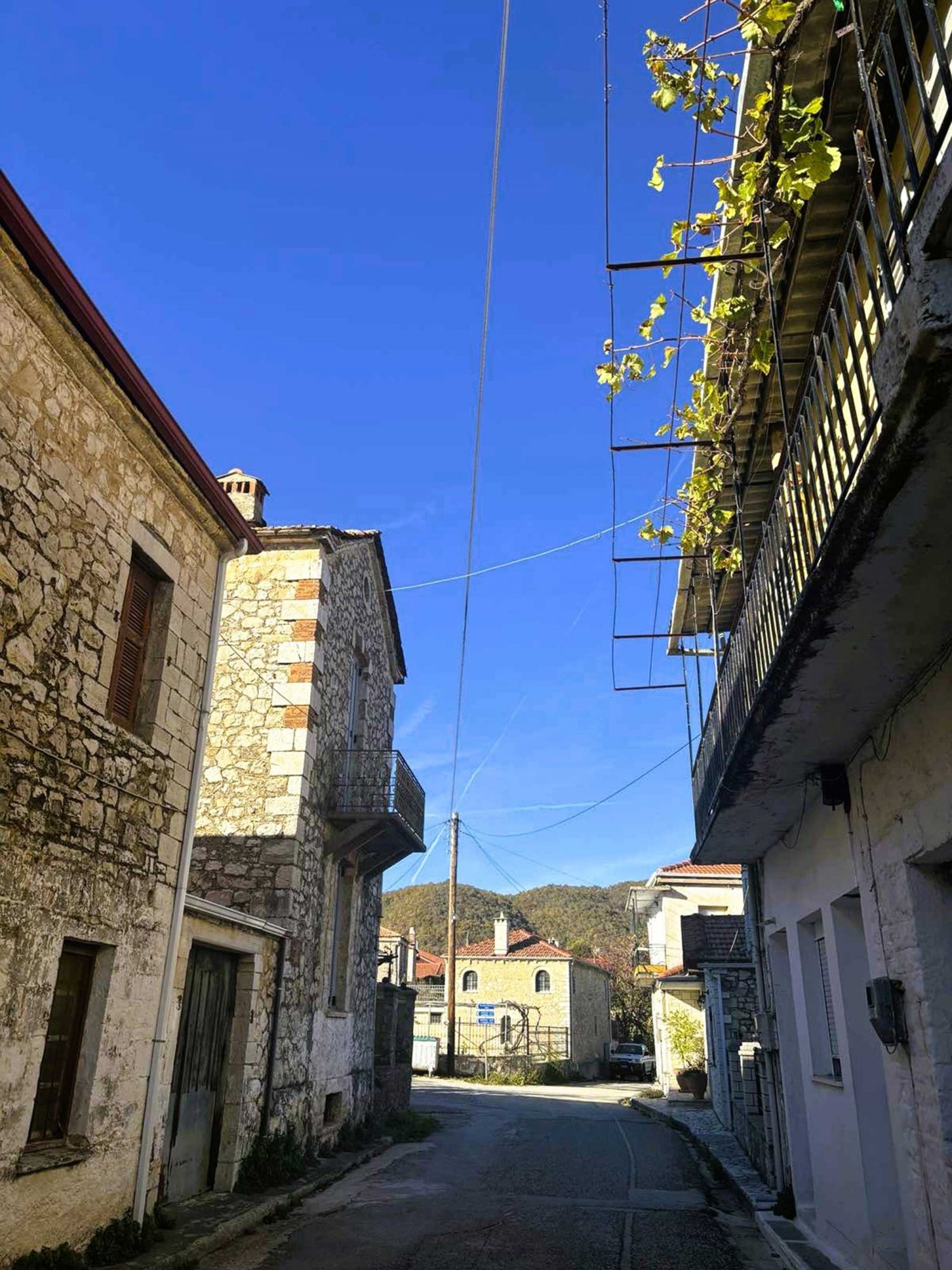
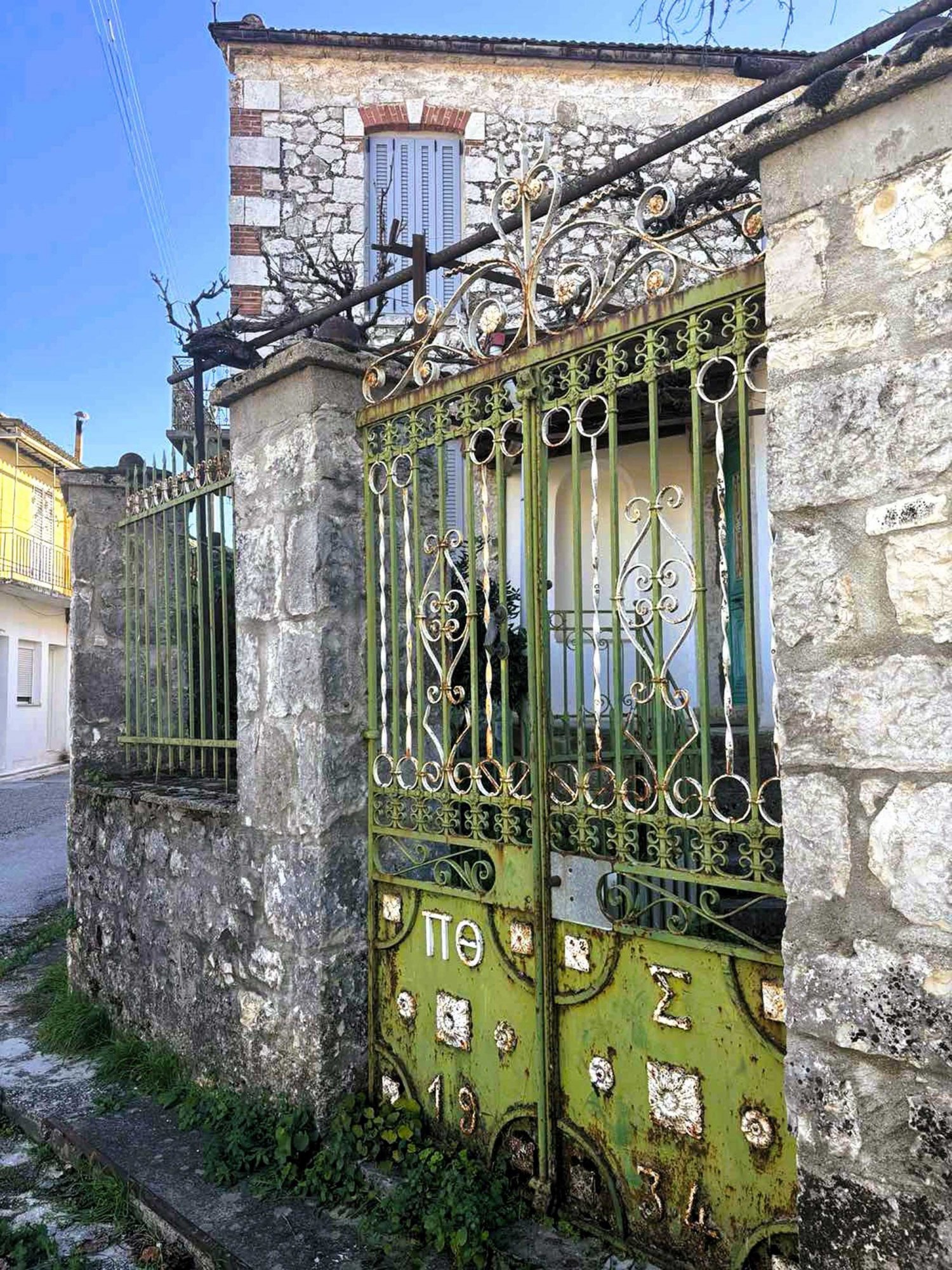
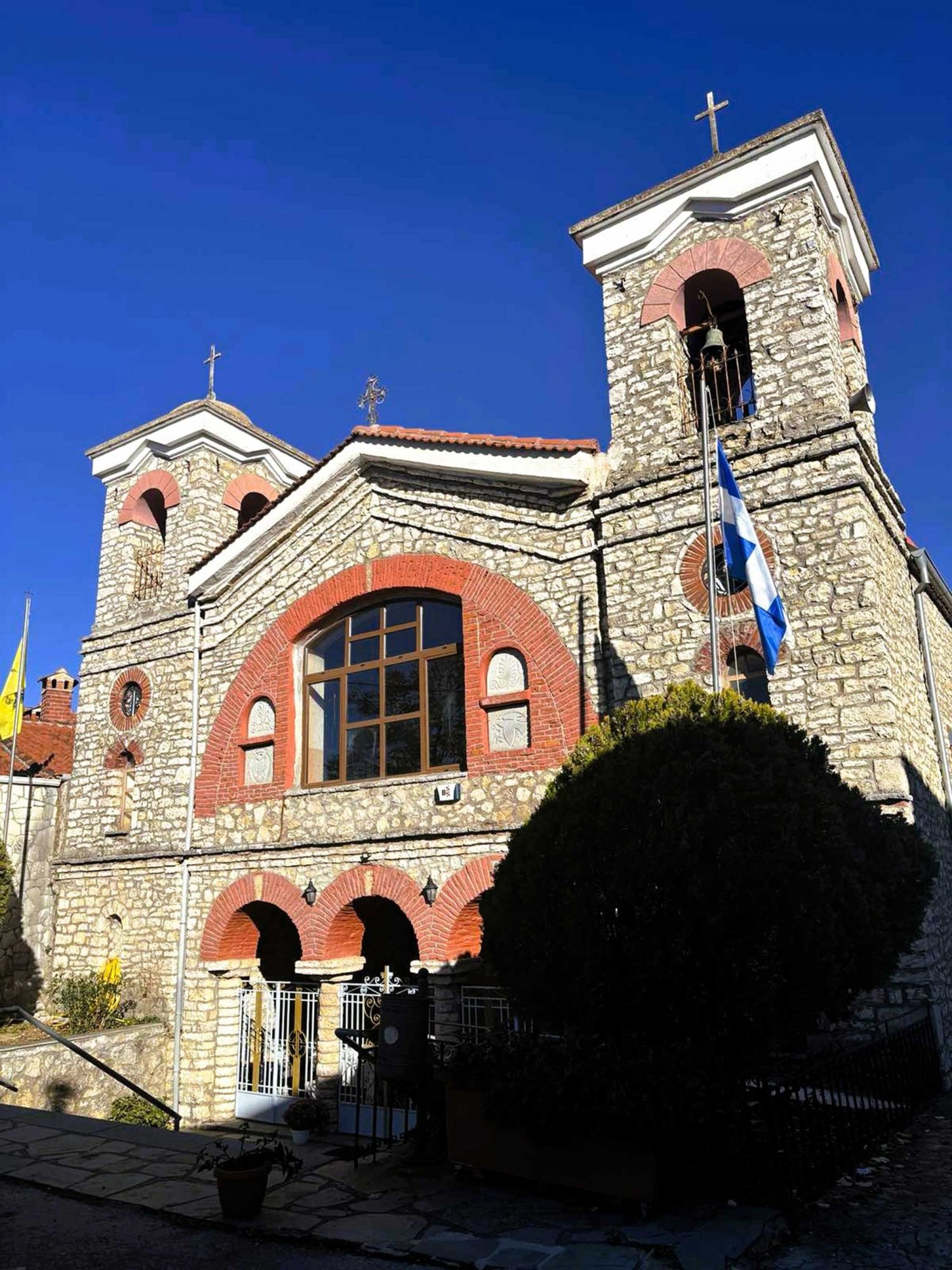
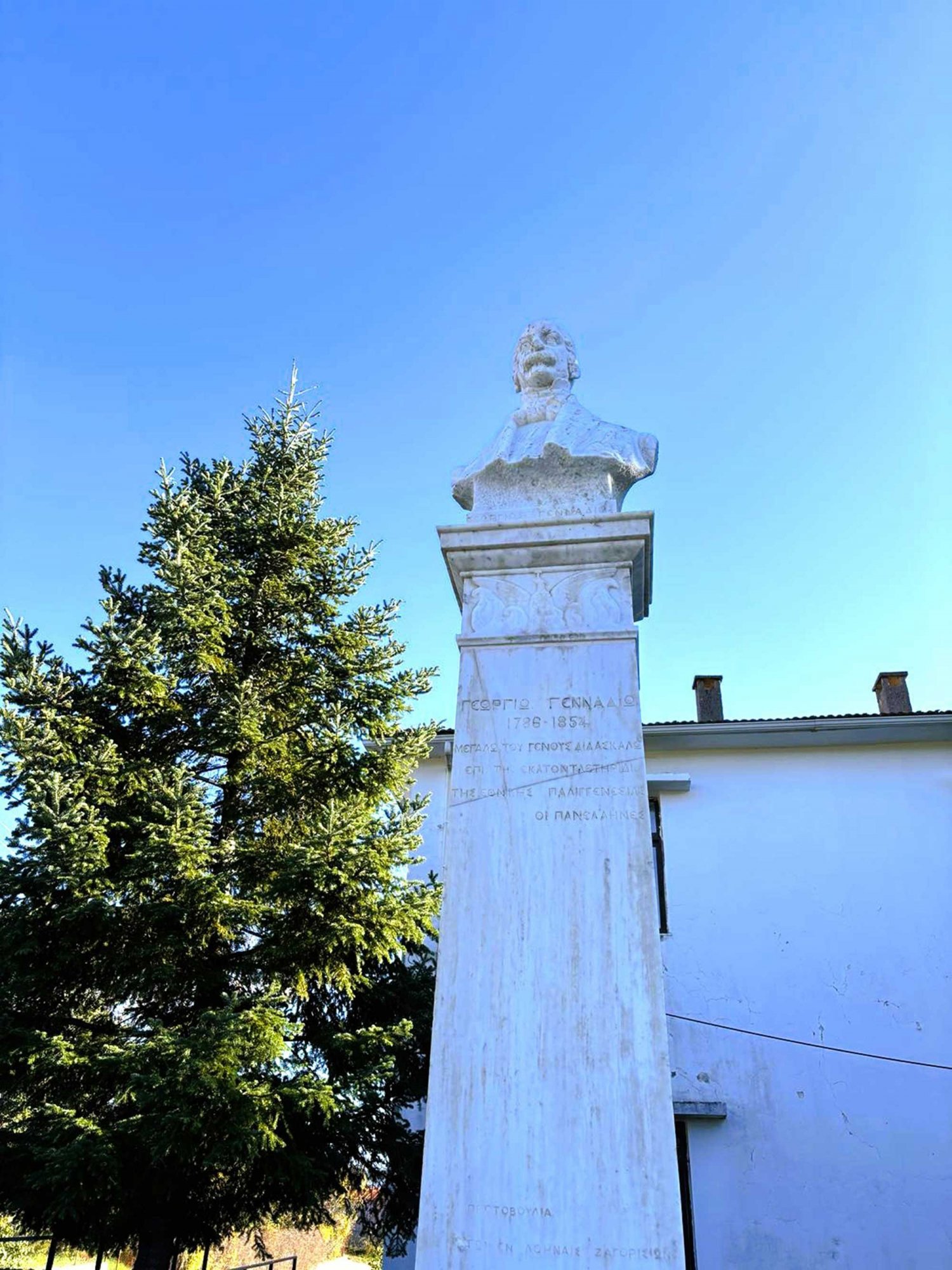

 Check in: 03.00 PM - Check out: 11.00 AM
Check in: 03.00 PM - Check out: 11.00 AM